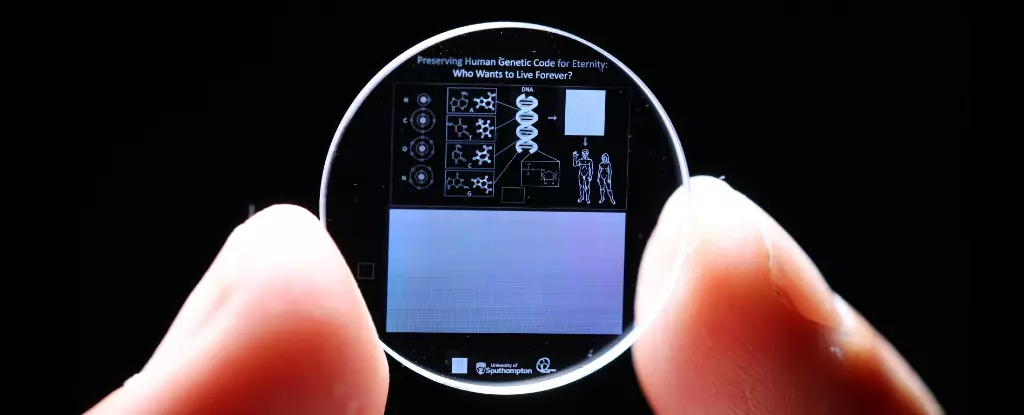In an age of burgeoning technological advancement, data preservation takes the center stage as a critical endeavor. Amongst numerous innovations, a fascinating development from the University of Southampton showcases the potential of five-dimensional (5D) memory crystals in revolutionizing how we store and safeguard information. These crystalline structures, capable of retaining immense data volumes, represent not just a leap in technology but a unique opportunity to attempt long-term preservation of human knowledge and genetic heritage—possibly even beyond humanity itself.
The Technological Breakthrough of 5D Memory Crystals
The groundwork for this breakthrough traces back to advancements in laser technology. In 2011, engineers achieved the ability to create femtosecond laser pulses, which initiate microscopic voids within a silica substrate. This process takes advantage of varying energy levels to shape these voids, manipulating their size, orientation, and three-dimensional (3D) location to facilitate the revolutionary storage method. In simple terms, it allows for encoding enormous quantities of data within a minuscule volume—up to hundreds of terabytes in a single crystal.
What sets 5D memory crystals apart from traditional data storage techniques is their durability. Unlike magnetic tapes that are susceptible to the degradation of chemical components, or compact discs that deteriorate over time, the physical structure of silica-based storage retains integrity under extreme conditions. The scientific community has demonstrated that these memory crystals can withstand freezing temperatures, high-pressure environments, and even intense thermal conditions without losing their ability to store information—a remarkable feature for any storage medium.
Taking full advantage of their 5D crystal technology, researchers at Southampton embarked on an ambitious project in collaboration with Helixwork Technologies. The aim was to engrave the entirety of the modern human genome—approximately 3 billion base pairs—into a single crystal. The result of this meticulous endeavor amounted to about 800 megabytes of data, encapsulated in a structure now carefully archived in Austria’s Memory of Mankind repository. The crystal joins an impressive collection of inscribed relics meant to preserve human knowledge for generations still unknown.
The implications of such genomic storage are vast, tinged with both excitement and speculation. The possibility of reviving lost species or recreating elements of our own species through this genetic information is a topic that has stirred both hope and ethical concern. Researchers like Peter Kazansky, a leading figure at Southampton, highlight the notion that while current genetic restoration within simple organisms is achievable, the leap to recreating complex organisms or even entirely new life forms based on archived genomes floats within the domain of future scientific inquiry and moral reflection.
In a world where data generation is climbing exponentially—projected from 64 zettabytes in 2020 to perhaps 150 zettabytes today—the necessity for efficient, reliable, and enduring data storage solutions becomes unmistakable. As society generates an ever-increasing quantity of digital information, the challenge becomes how to store this effectively without succumbing to the pitfalls of obsolescence and decay.
This is where the 5D memory crystal offers a promising alternative. With the potential to encapsulate a vast reservoir of data indefinitely, this innovative medium could transform how future generations interact with knowledge. Imagine a future where digital archives hold detailed records of everything from human DNA to historical documents, all embedded in a small physical format, resistant to the ravages of time.
As we gaze into the uncertain future, the concept of preserving human knowledge and existence through 5D memory crystals unfolds myriad possibilities with each passing day. While it remains speculative whether future intelligences will utilize these data archives to resurrect or comprehend our existence, the intent behind creating and storing these memory crystals speaks to humanity’s intrinsic desire to be remembered, to leave a legacy, and to contribute meaningfully to future knowledge.
Thus, while the realities of such preservation may hinge on advancements in technology and ethics, the mere existence of this endeavor stirs the imagination. The 5D memory crystal does not merely represent a technical feat; it symbolizes humanity’s aspiration to transcend the limits of time, a bid to craft an enduring narrative that may one day speak to beings in an entirely different era, hopefully bringing the wisdom and complexities of our civilization along with it.


Leave a Reply